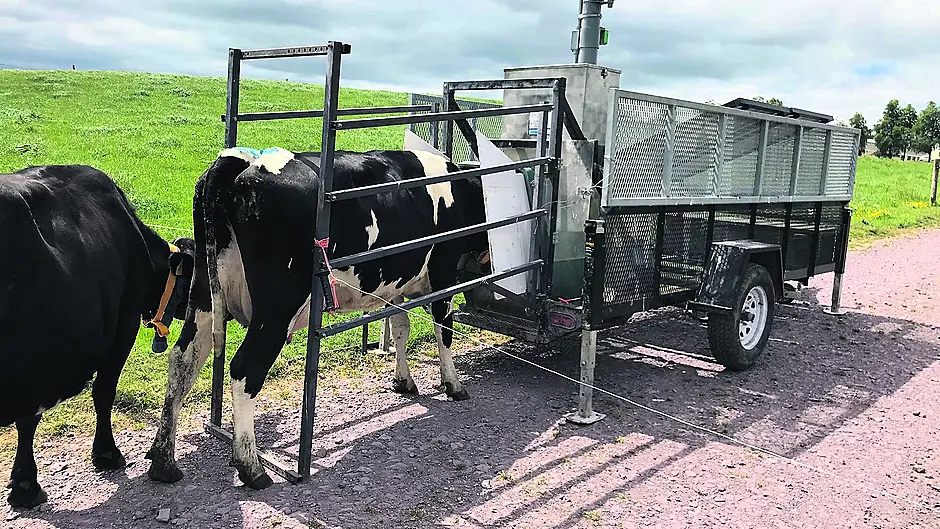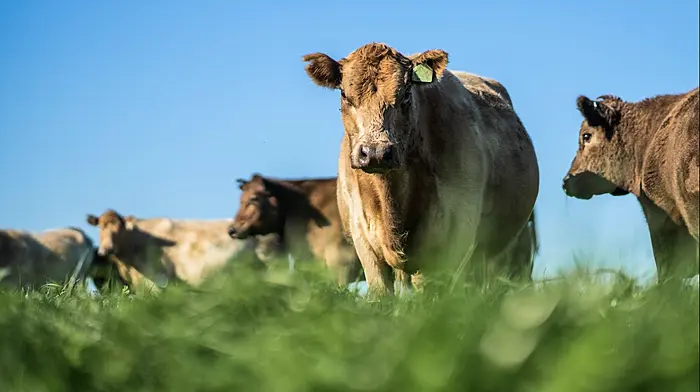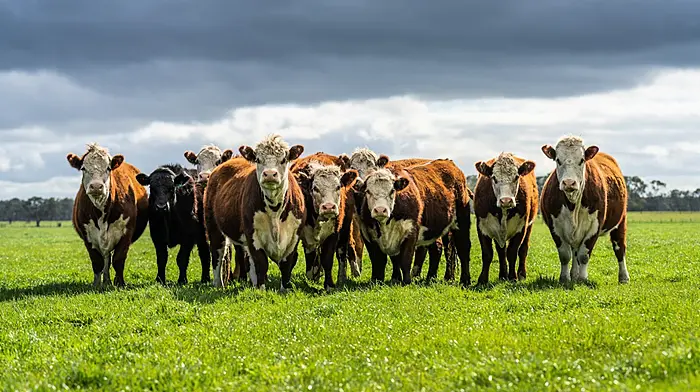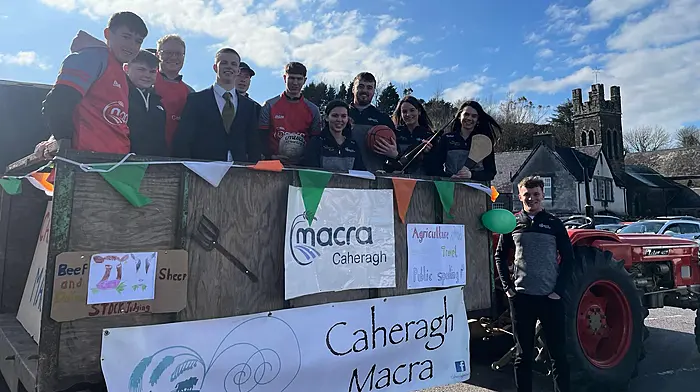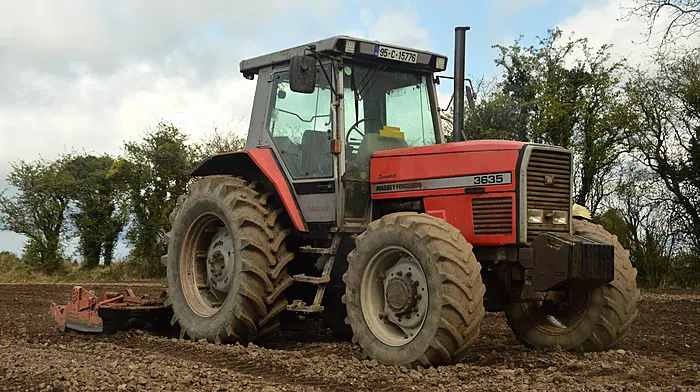Irish dairy farmers can now ‘breed their way’ to a herd of ‘eco’ cows, thanks to a new breeding tool developed by scientists at Moorepark in Fermoy
DAIRY farmers are being encouraged to breed their way to a cleaner, greener future with the launch of a new breeding tool which will allow them to select the parents of the next generation of dairy cows according to their expected ‘carbon hoofprint’.
Now, researchers at the VistaMilk SFI Research Centre have added a carbon efficiency layer to animals in the EBI (economic breeding index), meaning that dairy farmers will have the choice to breed calves specifically because they are more environmentally friendly, as well as being more profitable.
The EBI (in its original form) has been around for 21 years helping farmers identify the most profitable bulls and cows for breeding dairy herd replacements.
Thanks to the farmers who’ve worked with it, it has already reduced the average amount of carbon associated with each litre of milk produced by 14% over that time period.
The launch of the new carbon index, which will ‘go live’ in January, comes as the dairy sector strives to reduce its greenhouse gas emissions by 25% by the end of this decade, with some commentators suggesting the only way of doing so is to cull the national herd.
The new improved EBI, which allows farmers to choose specific genetic characteristics such as longevity, fertility, milk yield and now carbon efficiency, is set to be a major contributor to Irish dairy’s strategy for meeting the 25% target – without threatening the sector’s future.
This cattle breeding tool is based on nature’s own principles that genetic characteristics are likely to be passed down across generations, and the effects of the breeding programme are both cumulative and permanent.
Delivering evolution takes time, however, and the beneficial effects of the enhanced EBI will take several years to show through.
Donagh Berry, director of the VistaMilk Research Centre in Moorepark, Fermoy and one of the team who have spent two years developing the new carbon index for the EBI, believes that this development will be a real game-changer.
‘You can’t argue with the benefits of breeding programmes – the improvements build over time and once they’re established, they don’t drop off,’ said Donagh.
‘We’ve been working with the breeding index for two decades and we’ve seen a 14% reduction in carbon hoofprint. This new piece of work specifically targets carbon efficiency in cattle and will provide farmers with the choice of breeding green into their cows.
‘The beauty of the EBI is that there is no reason for farmers not to use it – they have to breed cattle and they might as well ensure that they’re doing it in a way that improves the performance, the value and the environmental impact of their animals. On that basis everyone should be doing it.’
Siobhan Ring, senior research geneticist at the Irish Cattle Breeding Federation (ICBF), added that the EBI works on the principle of ‘more from the same’.
‘It’s the same cow, buts she’s better in any number of different ways – healthier, more fertile, longer-lived, more productive,’ she said.
‘Now we can include more carbon-efficiency in that list of improvements to our animals – which means we’re delivering more sustainable and environmentally-friendly dairy products to the consumer, attributes which we know are increasingly important to them when they’re making food choices.’

